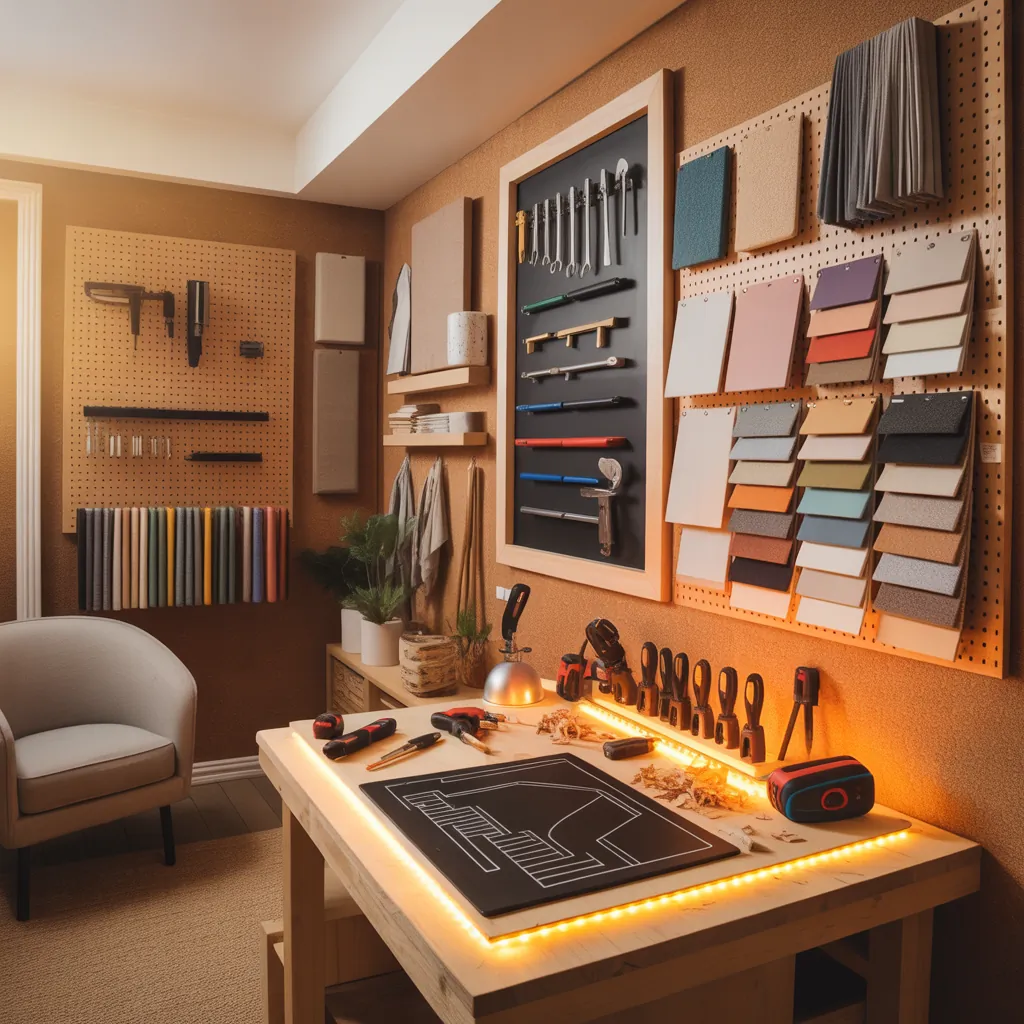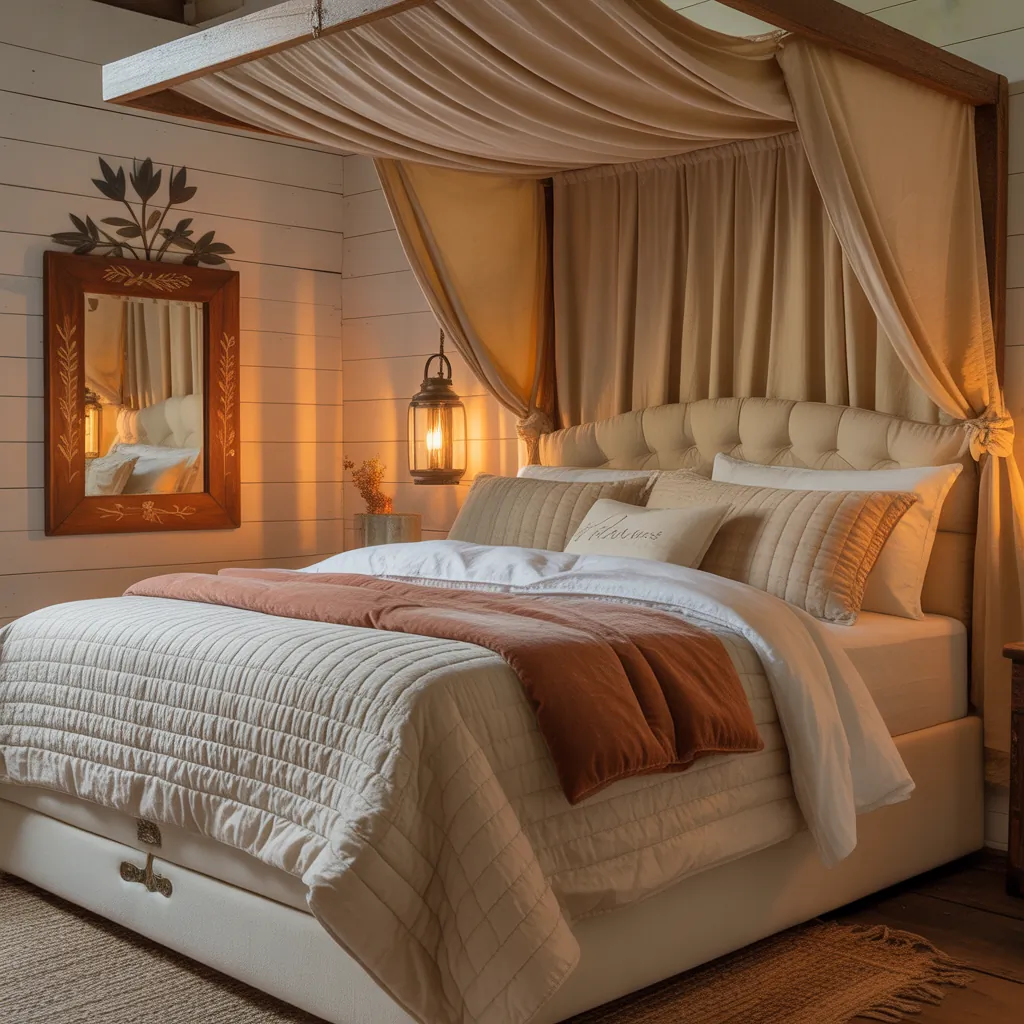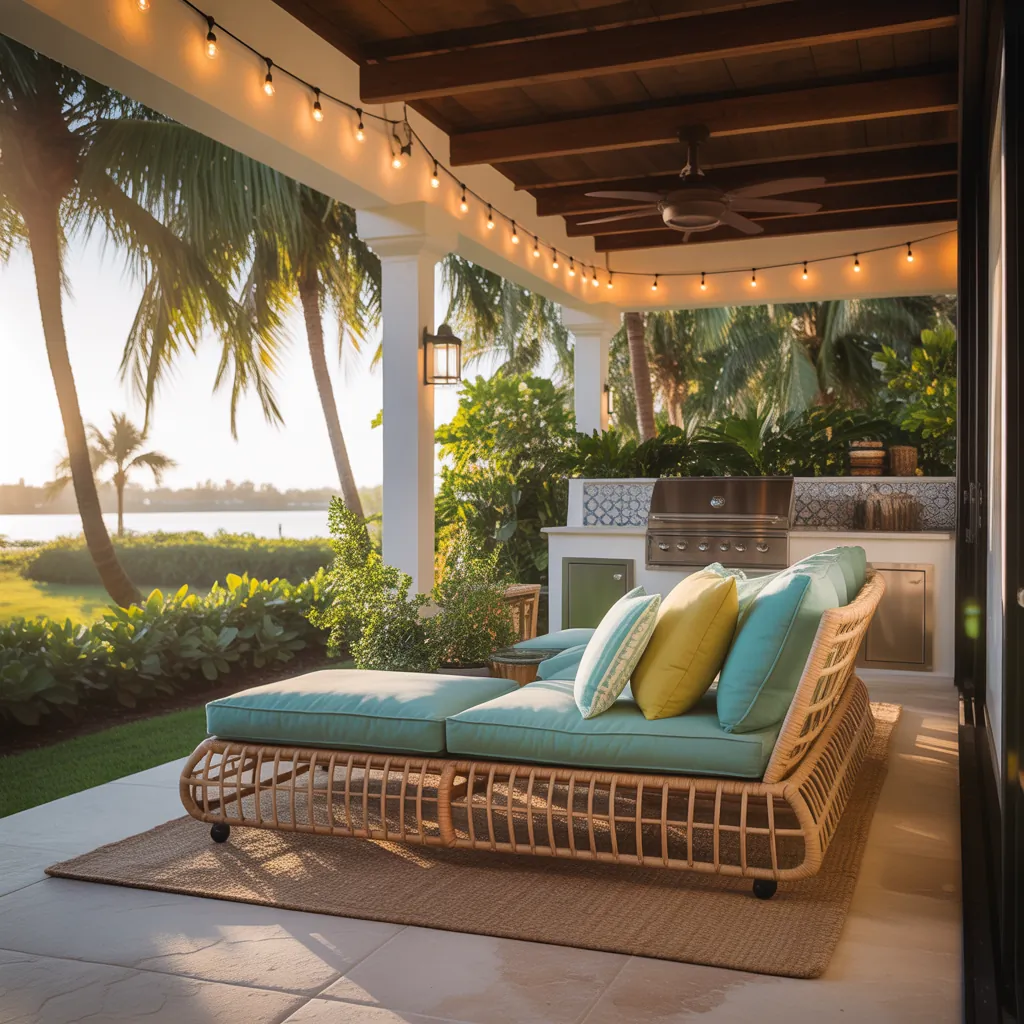Ever stood in a spare bedroom thinking, “This space could be so much more”—maybe a retreat for a tired kiddo, a quiet corner for focus, or a calming room for an adult who needs sensory regulation? With a few smart upgrades and creative DIY projects, you can transform an underused nook into a multi-sensory haven. In this guide you’ll find practical, budget-friendly ideas sensory room owners and DIYers can use to design a space that soothes, stimulates, or simply sparks joy.
Why create a sensory room at home?
Whether you’re helping a child with sensory processing needs, building a calming retreat for work-from-home days, or designing a play space that encourages exploration, a sensory room supports emotional regulation, concentration, and development. A well-planned sensory space balances tactile, visual, auditory, and proprioceptive input so it can be adapted to calming or alerting activities.
Key design principles for a successful sensory space
- Zoning: Create distinct areas for calming (low lights, soft textures) and alerting (bright colors, active play).
- Safety first: Choose flame-resistant fabrics, secure wall mounts, and soft flooring. Avoid small choking hazards for young children.
- Adjustability: Use dimmable lights, removable panels, and modular furniture to adapt the room for different needs.
- Sensory balance: Offer choices—weighted blankets and crash mats for deep pressure, soft lights and music for calming, textured panels and sensory bins for tactile exploration.
- Minimal clutter: Use storage bins and labeled baskets to keep sensory tools accessible but tidy.
Room-by-room ideas sensory room owners can try
Not every home has a spare room. Here are options for rooms, corners, and compact spaces:
Small corner or closet conversion
- Install a hanging pod chair or hammock swing that fits a closet for a cozy retreat.
- Mount peel-and-stick calming wall decals and a small dimmable LED strip for mood lighting.
- Use foam tiles on the floor and a weighted lap pad for deep pressure input.
Full spare room transformation
- Create zones: a soft reading nook, an activity table, and a movement area with crash mats or a mini-trampoline.
- Install a fiber-optic light panel or a star projector for visual stimulation.
- Add a sound system or white noise machine with playlists for focus and calming.
DIY sensory room projects—step-by-step
DIY tactile wall panel (Quick, cheap, high impact)
Materials: pegboard or plywood, foam tiles, textured fabric scraps, velcro strips, adhesive, screws. Time: 2–4 hours. Cost: $25–$75.
- Measure your wall space and cut the pegboard/plywood to fit.
- Arrange foam tiles, fabric patches, and other textures on the board to create a pattern.
- Attach pieces with strong adhesive or screws and add velcro for removable elements.
- Mount the panel securely to studs at a safe height.
Tip: Add pockets or small containers to the board for sensory items like squishy balls or scented sachets.
DIY sensory bottles (Portable calm on a budget)
Materials: clear plastic bottles, water, glycerin (optional), glitter, small toys, food coloring, hot glue. Time: 30–60 minutes. Cost: under $10 each.
- Fill the bottle mostly with water, add a teaspoon of glycerin to slow movement.
- Add glitter, sequins, or small waterproof toys and a drop of food coloring.
- Secure the cap with hot glue and shake to test the flow.
Use sensory bottles for calming stations, classroom centers, or travel kits.
Lighting, sound, and scent: multi-sensory essentials
Lighting, sound, and scent together create the mood. Consider these features:
- Lighting: Dimmable LEDs, color-changing strips, fiber-optic strands, or an inexpensive star projector. These give instant control over the visual environment.
- Sound: White noise machines, soft nature sounds, or playlists with binaural beats for focus. Use Bluetooth speakers with volume limits for safety.
- Scent: Essential oil diffusers (lavender or citrus depending on calming vs. alerting intent). Always check sensitivities and allergies first.
Organization, budgeting, and safety tips
Plan your sensory room like any DIY remodel:
- Set a budget: Prioritize big-impact items first (lighting, soft seating, safe flooring).
- Buy secondhand: Look for gently used bean bags, rugs, and shelving to keep costs down.
- Secure items: Anchor tall units to the wall; use child-safe covers on plugs and rounded corners on furniture.
- Label storage: Use clear bins and labels for sensory toys to rotate items and prevent overstimulation.
Design inspiration: styles to suit any home
Choose a design that fits your home’s aesthetic while remaining functional:
- Scandi calm: Neutral colors, natural wood, low furniture, and lots of soft textiles.
- Vibrant playroom: Bold colors, interactive walls, and durable flooring designed for active play.
- Minimal retreat: Soft lighting, monochrome textiles, and a focus on quiet, uncluttered space.
Real-world advice from DIYers
From experience: start small, test one sensory tool at a time, and involve the person who will use the room in choosing textures and sounds. If something causes agitation rather than calm, remove it. Rotation keeps the space fresh and prevents sensory overload.
Ideas Sensory Room: Frequently Asked Questions
1. How much space do I need for a sensory room?
You can create a functional sensory space in as little as a closet or a 6′ x 6′ corner. For a full sensory room with movement equipment and multiple zones, aim for a spare bedroom (10′ x 10′ or larger). Flexibility and zoning matter more than square footage.
2. What are low-cost sensory room ideas for parents on a budget?
Use household items: make sensory bottles, repurpose blankets as weighted options, use string lights for gentle lighting, and DIY tactile boards from fabric scraps. Secondhand stores often have bean bags and rugs at low cost.
3. Are sensory rooms only for children with special needs?
No. While sensory rooms are widely used for children with autism or sensory processing disorder, they benefit anyone—adults who need stress relief, students who need a focus corner, or families wanting a mindful retreat.
Conclusion — Ready to build your sensory sanctuary?
Ideas sensory room can be simple or elaborate, inexpensive or a larger project—but every step you take will make your home more functional and welcoming. Start with one DIY project from this list, like a tactile wall or sensory bottles, then expand as you learn what works best. If you want more hands-on inspiration, check out our DIY projects section for step-by-step builds or browse home design ideas to match your aesthetic. Share your progress, and let your sensory room evolve with the people who use it.
Call to action: Pick one project and start this weekend—take a before photo, follow a step-by-step DIY, and see how small changes bring big calm. Happy building!



